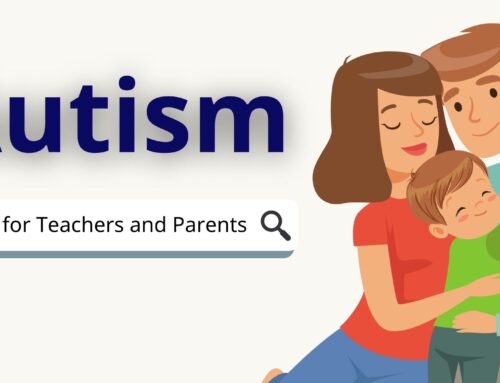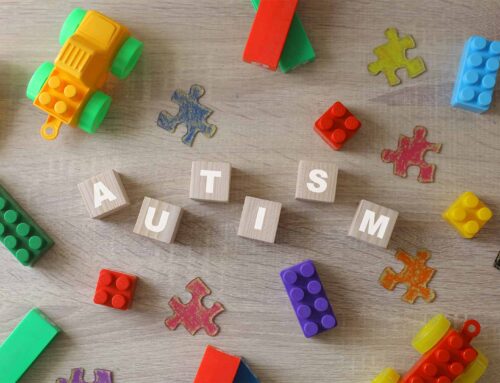Feeding and swallowing disorders, sometimes referred to collectively as dysphagia (dis-FAY-juh), can impact people of all ages. These conditions affect the complex process of moving food and liquids from the mouth to the stomach. While swallowing may seem like a simple reflex, it actually involves a coordinated sequence of muscle movements in the mouth, throat, and esophagus. When this process is disrupted, it can lead to a variety of challenges.
Causes of Feeding and Swallow Disorders
There are numerous factors that can contribute to feeding and swallowing difficulties. Some of the most common causes include:
- Neurological conditions: Stroke, Parkinson’s disease, multiple sclerosis, and cerebral palsy can all affect the nerves and muscles involved in swallowing.
- Muscular disorders: Myasthenia gravis and muscular dystrophy can weaken the muscles needed for swallowing.
- Structural abnormalities: Cleft lip and palate, tumors, and Zenker’s diverticulum (a pouch in the esophagus) can create physical barriers to swallowing.
- Gastrointestinal (GI) issues: Gastroesophageal reflux disease (GERD) can irritate the esophagus and make swallowing uncomfortable.
- Premature birth: Infants born prematurely may have underdeveloped muscles or nervous system issues that impact feeding and swallowing.
Signs and Symptoms of Feeding and Swallowing Disorders
The signs and symptoms of feeding and swallowing disorders can vary depending on the underlying cause and severity. However, some common indicators include:
- Difficulty chewing or swallowing food
- Coughing, choking, or gagging while eating or drinking
- Drooling excessively
- Frequent heartburn or regurgitation
- Taking a long time to eat a meal
- Unexplained weight loss
- Wet or hoarse voice after eating
- Difficulty breathing during meals
- Pocket food in the cheeks (especially in children)
Diagnosis and Treatment of Feeding and Swallow Disorders
If you suspect you or someone you know may have a feeding or swallowing disorder, it’s important to seek professional evaluation. A doctor will typically perform a physical exam and may order additional tests such as a videofluoroscopy (a type of X-ray that shows how food moves through the throat) or an endoscopy (a procedure that uses a thin, flexible tube with a camera to examine the inside of the esophagus).
Treatment for feeding and swallowing disorders depends on the underlying cause. In some cases, lifestyle modifications such as changing food textures or eating positions can be helpful. Speech-language pathologists can provide therapy exercises to improve muscle strength and coordination in the mouth and throat. In other cases, medication or surgery may be necessary to address the underlying condition.
Living with a Feeding or Swallowing Disorder
Feeding and swallowing disorders can be challenging, but there are ways to manage them and improve quality of life. Working with a healthcare team and following a recommended treatment plan can significantly reduce symptoms and help individuals maintain proper nutrition.
Conclusion
Feeding and swallowing disorders are a group of conditions that can affect people’s ability to safely and efficiently move food and liquids from the mouth to the stomach. By understanding the causes, signs, and treatment options, individuals with these disorders can take steps to manage their condition and live a fulfilling life.





Leave A Comment